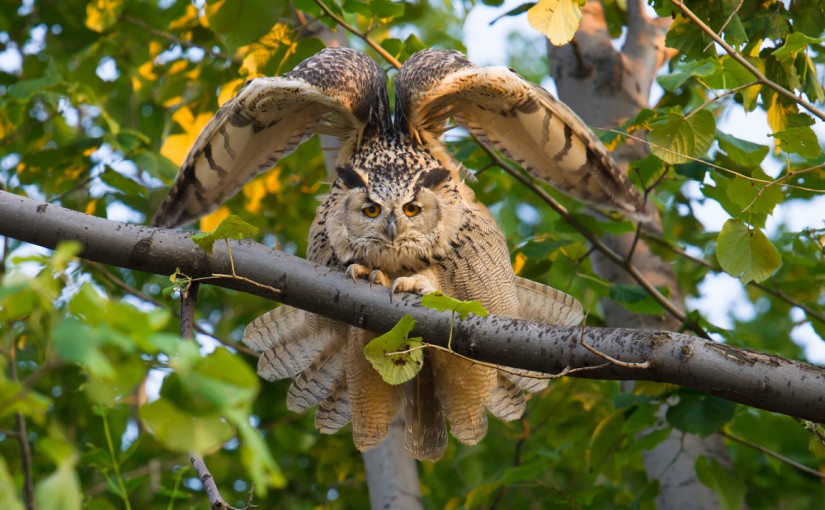by Craig Brelsford
Founder, shanghaibirding.com
“Birding China’s Extreme Northeast” contains an introduction and five parts. This is Part 1.
Introduction: Birding the Amur River Basin in China’s Great Northeast
Part 1: Introduction to Hulunbeier & First Trip to Elaine’s Hometown
Part 2: Hulunbeier
Part 3: Eastern Heilongjiang
Part 4: Second Trip to Elaine’s Hometown
Part 5: Facts & Figures
Part 1a: Hohhot and Introduction to Hulunbeier
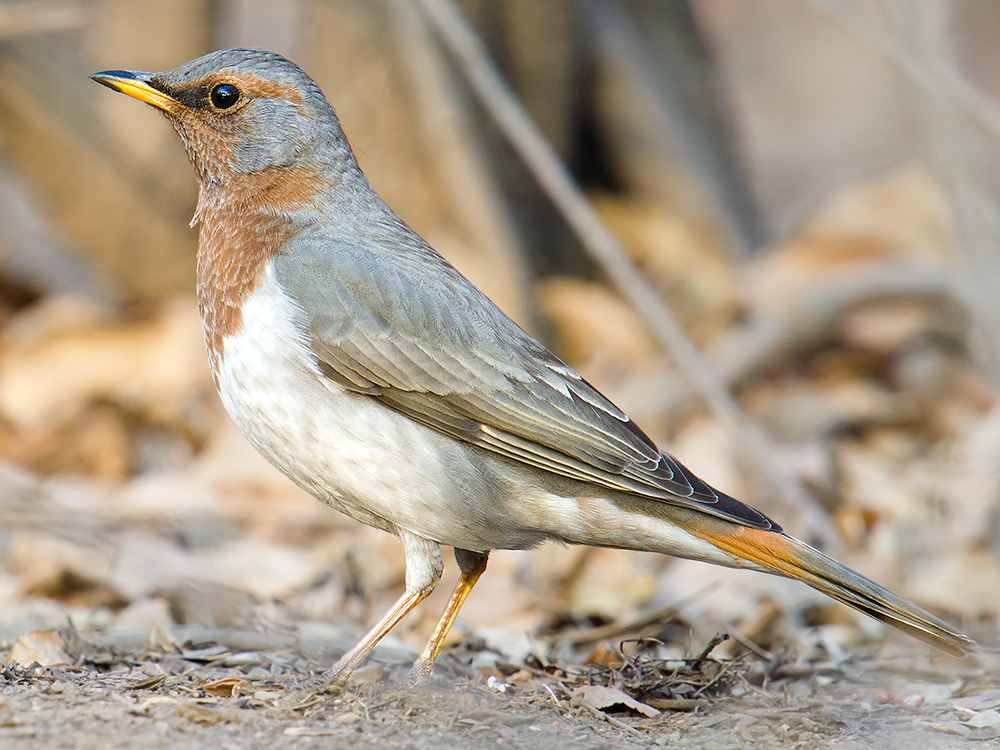
Sun. 11 Jan. 2015
Hohhot
Elaine and I noted 10 species at Nanhu Wetland Park in Hohhot (Hūhéhàotè [呼和浩特]). Elaine and I arrived in the capital of Inner Mongolia at 10:30, having flown in from Shanghai. After taking care of some business in the city, we explored the park, in southwest Hohhot. Amid sunshine brilliant despite air pollution so thick that at times I could taste it, Elaine and I searched for birds. The dominant species were corvids, with 110 Eurasian Magpie outnumbering 43 Daurian Jackdaw and 38 Carrion Crow. 8 Siberian Accentor were a welcome discovery. A Chinese Grey Shrike caught a mouse. Walking back to our hotel near the park, Elaine and I noted 15 Oriental Greenfinch.
Mon. 12 Jan. 2015
Hohhot
Elaine and I noted 15 species at Hohhot Botanical Garden. With temperatures slightly above freezing, a small puddle formed, drawing an impressive collection of species. Hawfinch was a lifer for Elaine, and Pallas’s Rosefinch was a lifer for us both. We found 24 Light-vented Bulbul, a very northerly population of a species that in recent decades has been steadily expanding N. Daurian Redstart was also a surprise at this latitude and season. After careful analysis of our photos, we determined that we found a 1st-winter female Naumann’s Thrush.
After I photographed the rosefinches, the battery in my camera ran out, and I said to Elaine, “Well, I guess I’ll have to forget photographing a male Red-throated Thrush.” Moments after I said that, as if on cue, a splendid male Red-throated Thrush appeared, with his attractive orange-red throat. I pulled the dead battery out of my camera and clutched it in my ungloved hand. My body heat brought the battery back to life, and I achieved some fine images.
Tues. 13 Jan. 2015
Wuerqihan
Elaine and I flew from Hohhot to Hailar. Hailar is the administrative center of Hulunbeier, the prefecture-level city that occupies the NE corner of Inner Mongolia. With an area of 263,953 sq. km, Hulunbeier is larger than the United Kingdom and the U.S. state of Oregon and has a population of 2.6 million.

We arrived a few hours before our partner, Brian Ivon Jones. Brian is an Englishman living in Shenzhen. I explored Qinghai and Gansu with Brian in 2014. Elaine and I rented a Toyota Prado from Shenfei, a rental car agency. Elaine and I returned to the airport and picked up Brian. The three of us drove 146 km in the dark to Wuerqihan. We set up at Wūěrqíhàn Límíng Bīnguǎn (乌尔旗汉黎明宾馆, +86 [0] 470-7809485, 49.567269, 121.385504).
Wed. 14 Jan. 2015
Wuerqihan
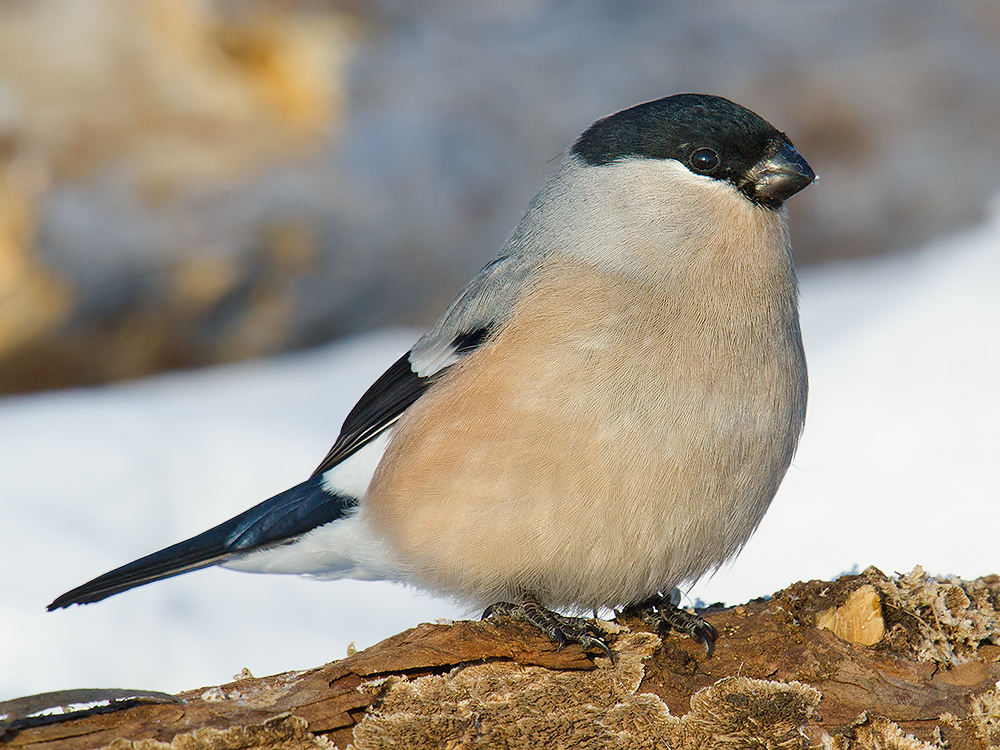
Elaine, Brian, and I drove to a feeding station near Wuerqihan. We found 4 Arctic Redpoll among the 32 Common Redpoll at the station. Eurasian Bullfinch was the most common species, with both nominate race and the more numerous cineracea noted.
Thurs. 15 Jan. 2015
Wuerqihan
Brian, Elaine, and I found Northern Hawk-Owl, Eurasian Three-toed Woodpecker, and the snowball-headed nominate race of Long-tailed Tit. We were in woodland S of Wuerqihan. The hawk-owl was a dot atop a tree nearly a kilometer away. We drove our Prado 300 m across a field. We stopped at the edge of scrubby land and walked 700 m through deep snow toward the owl. The owl accepted our presence. The long walk through the deep, powdery snow scrubbed my boots clean. We were able to drive almost anywhere in the four-wheel-drive Prado, because the snow and the land below it are completely frozen. Driving across a field, we saw Siberian Roe.
Fri. 16 Jan. 2015
Wuerqihan
A long day brought us no new species. Tough Eurasian Bullfinch and Common Redpoll were present in their usual strong numbers.
Sat. 17 Jan. 2015
Wuerqihan & Kuduo’er
In Kuduo’er we noted Great Tit and Little Owl. En route to that village, 78 km N of Wuerqihan, we found our second Northern Hawk-Owl. I saw my first White-backed Woodpecker in E China, and we added Hill Pigeon to the trip list.
The Great Tit was viewed near the train tracks in the little town. I spotted the yellow-and-black bird, pivoted to get my camera, slipped on the ice, and fell on my behind. I smiled through the pain, ecstatic to have seen Parus major. One of the best-known bird species in the world, Great Tit is a marginal species in China, occurring only in Xinjiang (where I have noted it in Altai District), Hulunbeier, and Heilongjiang.
Brian’s sharp eye found the Northern Hawk-Owl perching by the X302. We rolled to a stop and backtracked. The hawk-owl paid little attention to us as we admired it against the deep blue sky.
We found a dead Raccoon Dog pup in a pine forest in which we found Great Spotted Woodpecker and Eurasian Wild Pig. I sound-recorded the woodpecker by placing my recorder against the tree on which it was pounding (00:52; 2.9 MB):
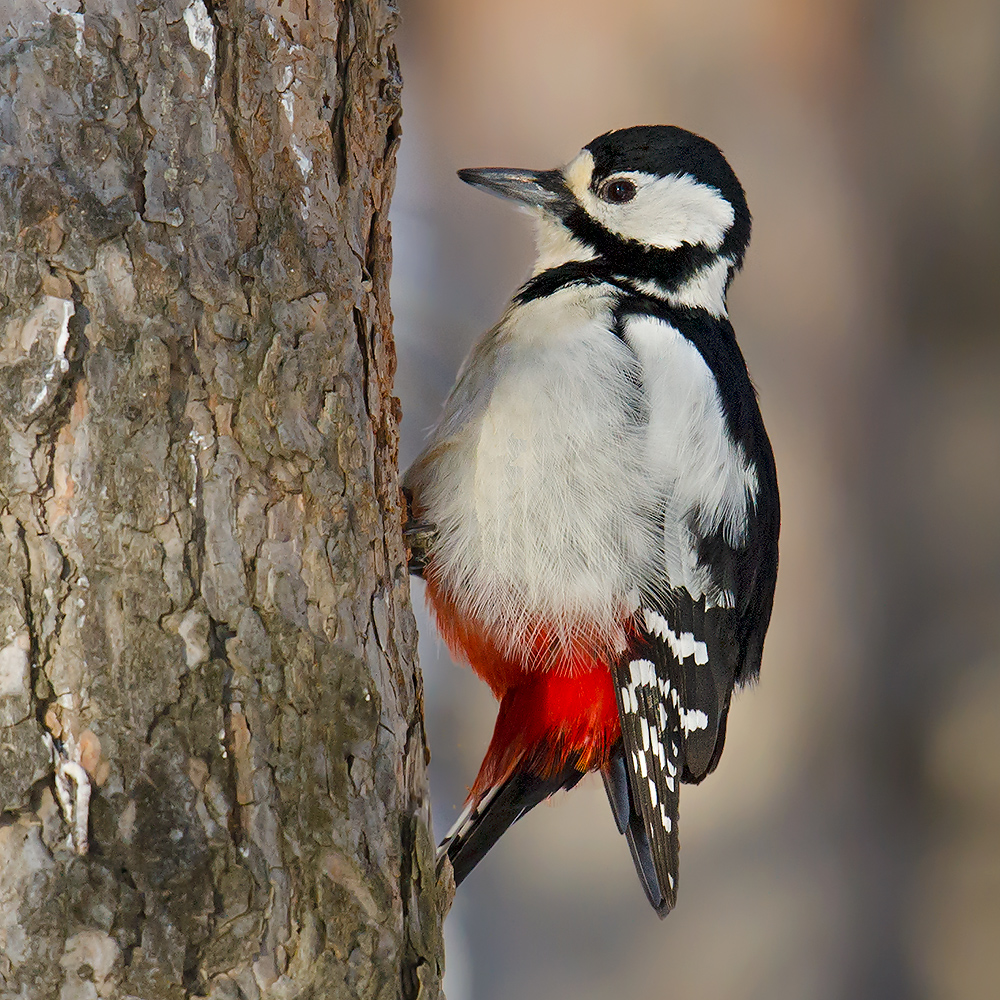
From Kuduo’er we doubled back to Wuerqihan, arriving there as it was getting dark. We drove in the dark from Wuerqihan to Hailar.
Weather: Sunny and bitterly cold. High -17°C, low -35°C.
Sun. 18 Jan. 2015
Hailar, Harbin, & overnight train to Dawucun
In the morning, Elaine and I said goodbye to Brian at our hotel in Hailar. Elaine and I flew from Hailar to Harbin. The smog over the capital of Heilongjiang was heavy; one of the most polluted cities in the world, Harbin is the City Without a Sky. At 20:32, we took the overnight train to Boli, 400 km E of Harbin.
Part 1b: First Trip to Elaine’s Hometown

Mon. 19 Jan. 2015
Dawucun
About 7 hours after I fell asleep on the train, an attendant tapped my foot and told me that we were about to reach Boli. It was still dark. We took a taxi to Elaine’s home village, Dawucun. As soon as it was light, Elaine and I walked S through the snowy cornfields to the hills. I had no idea what to expect. If all we saw had been Eurasian Tree Sparrow, Carrion Crow, and Eurasian Magpie, then I’d have accepted that and walked home. But when a pair of Rough-legged Buzzard flew overhead, I became hopeful. We walked toward a pine forest at the base of the mountains. Lesser Spotted Woodpecker was drumming on cornstalks. A flock of 75 Common Redpoll zipped through the forest, and we saw Long-tailed Rosefinch. As in Wuerqihan, here too we saw the cinnamon-headed ssp. (brandtii) of Eurasian Jay. We saw Japanese Tit. I returned in the afternoon, noting three species, two of them new: Pallas’s Rosefinch and Meadow Bunting.
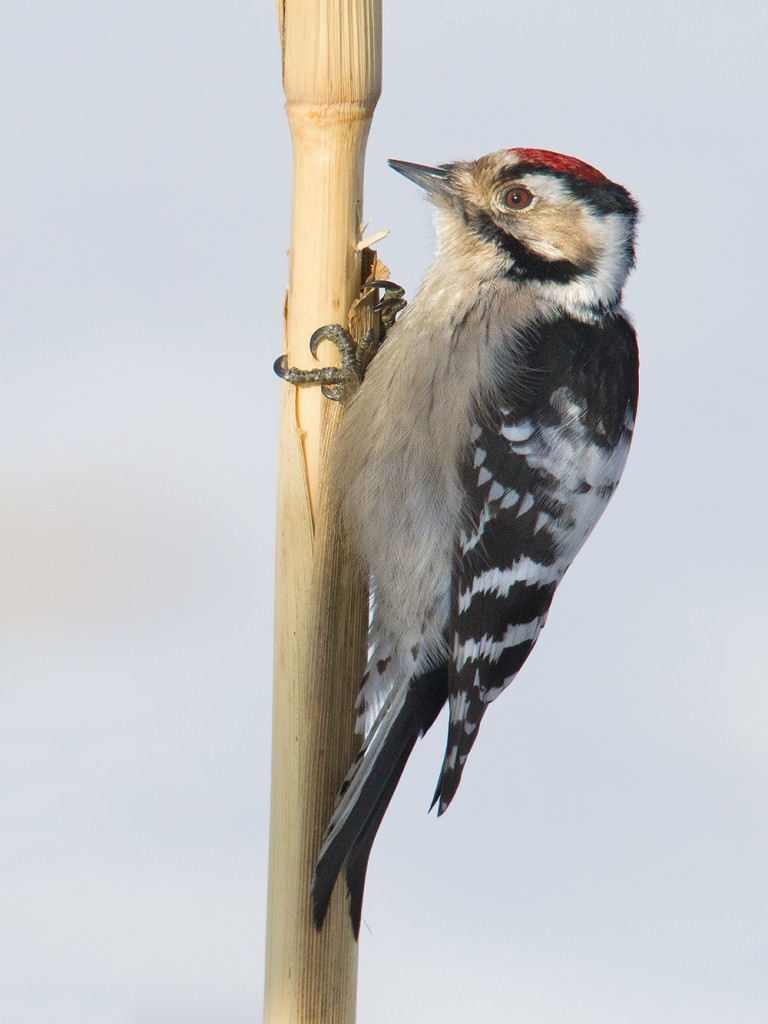
Tues. 20 Jan. 2015
Dawucun
We added Long-tailed Tit to “Elaine’s Hometown List.” With a single Marsh/Willow Tit in front of us, I played two recordings. The tit was indifferent to playback of “Marsh Tit (Poecile palustris brevirostris)” by Christoph Bock. It became inquisitive and vocal when I played “Willow Tit (Poecile montanus baicalensis),” also by Christoph Bock. I recorded the response. The recording I made was similar to Bock’s recording of P. m. baicalensis.
Wed. 21 Jan. 2015
Dawucun
Today Elaine and I got married in the same simple farmhouse in which she was born. During a break in the festivities, Elaine and I took a walk through the frozen cornfields. On a power line, a female Common Kestrel perched.
Thurs. 22 Jan. 2015
Dawucun
Elaine and I noted 15 species, adding Common Pheasant, Siberian Accentor, and Eurasian Nuthatch to Elaine’s Hometown List. We walked deeper into the mountains, noting much good forest habitat. Today’s Lesser Spotted Woodpecker was a female. At an apple farm in the mountains, a man pulled out of his pocket a Japanese Tit with clipped wings. The bird flew into some bushes. As I was looking for the tit, I found another Japanese Tit, this one dead. It was missing its tail feathers. The Common Pheasant was flying away from a Eurasian Kestrel. We were able to identify 9 Willow Tit. Siberian Accentor and Long-tailed Tit were highly responsive to playback. I recorded both species.
Siberian Accentor (00:33; 2.1 MB)
Long-tailed Tit (00:23; 1.7 MB)
Fri. 23 Jan. 2015
Dawucun
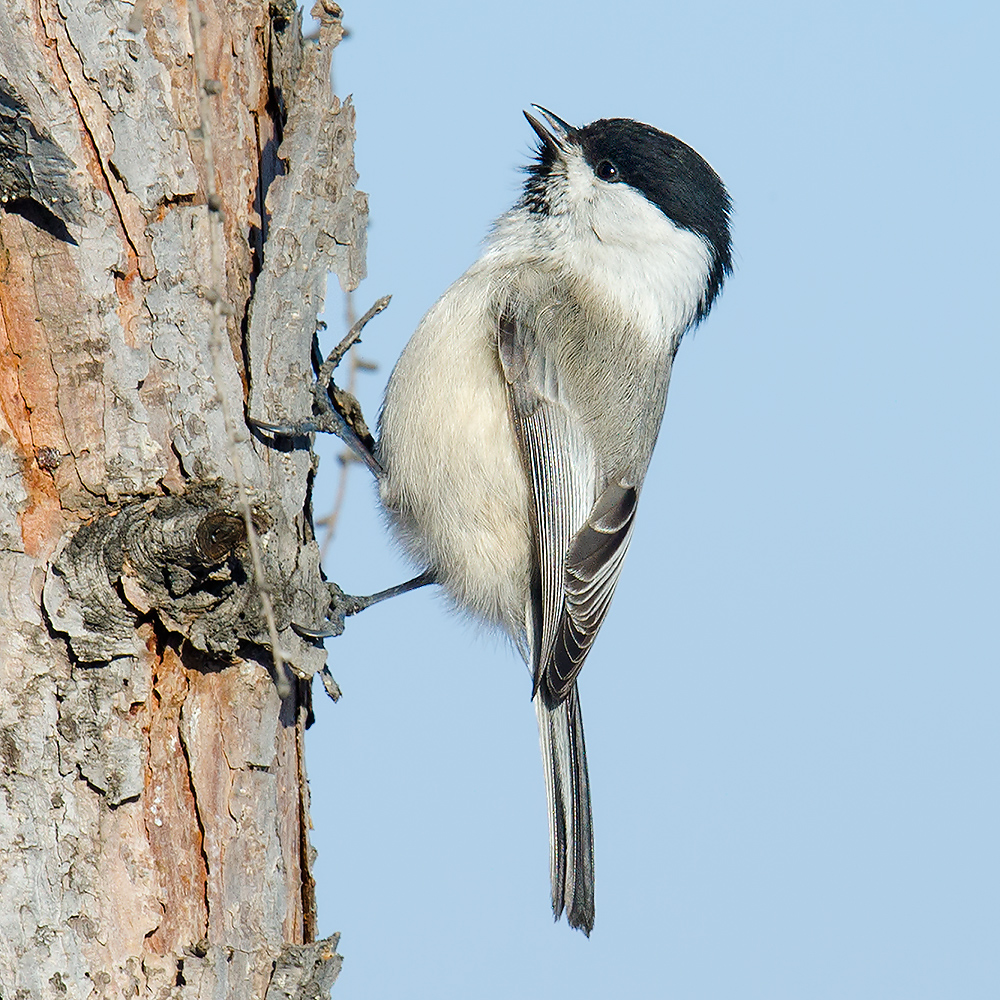
I walked alone through the cornfields and into the mountains, adding Eurasian Bullfinch (cineracea) to Elaine’s Hometown List. Using playback, recordings, and photos, I analyzed 8 Willow Tit. I have been unable to find Marsh Tit at Dawucun. Elaine and I left Dawucun for Boli, where we boarded the overnight train for Harbin. The next morning, we flew from Harbin to Shanghai.
Featured image: Eurasian Eagle-Owl is the biggest owl in the world. A pair lives in a quarry near Elaine Du’s home village of Dawucun in eastern Heilongjiang. (Craig Brelsford)
Next: Part 2: Hulunbeier in July
Previous: Introduction
Return to Explorations page

